Summertime is a peak period for heat-related illnesses such as heat exhaustion and heat stroke. Heat exhaustion can escalate into heat stroke, which can be life-threatening. According to the Centers for Disease Control and Prevention (CDC), more than 650 people die every year in the U.S. due to extreme hot weather. This article introduces these two heat-related diseases, their symptoms, and differences, to effectively prevent and address such health threats.
What are heat exhaustion and heat stroke?
Both conditions are caused by excessive exposure to extreme heat. Heat exhaustion is a milder form of heat illness, with symptoms like muscle cramps, headaches, dizziness, weakness, fatigue, nausea, and vomiting. On the other hand, heat stroke is the most severe type of heat illness, characterized by confusion, altered consciousness, and body temperature rising above 104 degrees Fahrenheit (40 degrees Celsius).
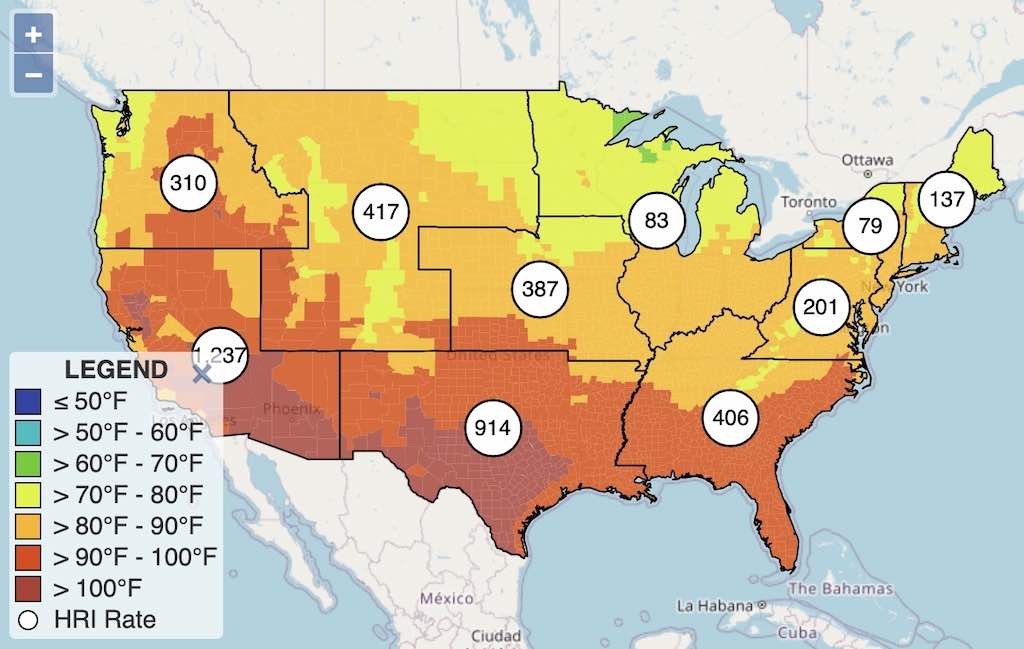
Heat exhaustion and heat stroke are considered different types of heat illnesses, but in reality, they are a series of interconnected conditions, ranging from mild to severe, with heat exhaustion progressing into an emergency situation:
- Heat Rash: Also known as “prickly heat,” this condition appears as red rashes on the body after prolonged exposure to hot and humid environments, often seen in areas where sweat accumulates, such as the inner elbows and the back of the knees.
- Heat Cramps: When engaging in physical activity during hot weather, sudden painful muscle cramps can occur due to the loss of salt and fluids through excessive sweating.
- Heat Exhaustion: More serious than heat rash or heat cramps, heat exhaustion happens when the body cannot cool itself through sweating, and if left untreated, it can progress into heat stroke.
- Heat Stroke: Also known as “sunstroke,” it is the most severe heat-related illness. During heat stroke, the body temperature rapidly rises to a dangerous level (104 degrees Fahrenheit/40 degrees Celsius or higher). In this situation, the affected person may stop sweating altogether as the body’s heat-regulating mechanism is suppressed. Without timely treatment, heat stroke can be fatal and may cause damage to multiple organs and systems, including the brain and nervous system, circulatory system, lungs, liver, kidneys, digestive system, and muscles.
Heat stroke can be further classified into two types: exertional and non-exertional.
- Non-exertional Heat Stroke: Occurs in people who struggle to adapt to continuously rising temperatures. The elderly, individuals with chronic illnesses, and infants are particularly vulnerable. This type of heat stroke often occurs indoors without air conditioning and may not involve any physical activity. Non-exertional heat stroke may take days of exposure to high temperatures, and it is more common during extreme heatwaves.
- Exertional Heat Stroke: Occurs during physical exertion or work when the body cannot cope with the increasing temperatures. This type of heat stroke can develop within a few hours and typically affects people engaging in outdoor activities. Leaving children and pets alone in a parked car in hot conditions increases the risk of heat stroke. According to the CDC, when the outside temperature reaches 80 degrees Fahrenheit (about 27 degrees Celsius), the temperature inside a parked car can rise to 109 degrees Fahrenheit (43 degrees Celsius) within 20 minutes. The higher the outdoor temperature, the faster the temperature inside the car increases.
Symptoms and differences
Sweating is one of the body’s ways to cool down in hot weather, but on extremely hot and humid days, sweating might not provide enough cooling. This is especially true during sports activities or physical labor in hot weather.
Both heat exhaustion and heat stroke lead to elevated body temperature and are accompanied by other symptoms:
| Heat Exhaustion | Heat Stroke |
|---|---|
| Body temperature rises to 101-104F Pale skin Muscle cramps Headache Dizziness Weakness and fatigue Rapid breathing, increased heart rate Nausea, vomiting | Body temperature exceeds 104F Dry, red skin No sweating Convulsions Dizziness or fainting Slurred speech Hallucinations, mental confusion Aggression, restlessness |
When to seek medical attention
Symptoms of heat exhaustion and heat stroke can appear rapidly or may last for several days. Both can cause significant discomfort, with muscle cramps often being the first sign.
For heat exhaustion, if any symptoms appear, immediate cooling measures should be taken, including:
- Moving to a shaded area, avoiding direct sunlight.
- Removing excess clothing.
- Using fans or air conditioning.
- Applying cool water to the skin or placing wet towels on the body.
- Placing ice packs on the neck, armpits, and groin.
- If possible, immersing oneself in a cold-water bath to cool down.
- Drinking water or sports drinks to rehydrate.
Seeking medical help if experiencing vomiting, nausea, or other symptoms.
However, if feeling persistently unwell or experiencing heat stroke symptoms, especially neurological symptoms like confusion, staggering, or clumsiness, it’s crucial not to take it lightly and seek immediate professional emergency medical assistance. Emergency room professionals have various methods to rapidly lower body temperature, such as using specialized cooling blankets and administering intravenous fluids for cooling and rehydration, as well as closely monitoring for complications resulting from overheating-induced organ damage.
It’s essential to emphasize that heat stroke is an emergency situation and can rapidly become fatal. No matter how strong and healthy a person is, attempting to tough it out is not a good idea. Pay attention to your body’s signals and seek help promptly.
Risk of heat illness
In hot and humid conditions, anyone can be at risk of developing heat-related illnesses. Therefore, self-diagnosis based solely on body temperature should be avoided. If you experience any of these symptoms, get out of the sun, try to cool down, and seek medical help if the symptoms worsen.
Certain factors can increase the likelihood of heat exhaustion or heat stroke, including:
- Being overweight or obese.
- Having severe disabilities.
- Suffering from sunburn.
- Infants, children, and the elderly are at higher risk.
- Engaging in outdoor activities in extreme heat or indoor activities without cooling conditions.
- Environmental changes, such as sudden shifts from cold to hot climates, can put you at greater risk until your body adapts to the heat. The same applies if you start a new exercise regimen in hot weather.
- Taking certain prescription medications for heart disease or high blood pressure, especially diuretics.
Preventive measures you can take
Heatstroke can be prevented as long as we take the right measures, such as:
- Stay indoors during the hottest parts of the day, preferably in places with air conditioning.
- When outdoors, try to stay in shaded areas as much as possible.
- Stay hydrated by drinking 2-4 cups of water per hour when exposed to high temperatures. Dehydration increases the risk of heat-related illnesses.
- Take frequent breaks when working or exercising in hot weather. Most cases of heat exhaustion and heatstroke occur during physical activities in hot weather.
- Wear loose, light-colored, and breathable cotton clothing, avoiding synthetic fabrics.
- Take cool showers.
- Wear a hat to shade yourself from the sun.
- Avoid beverages containing caffeine or alcohol, as they can interfere with your body’s ability to regulate temperature.
- Pay attention to your surroundings, as people may not always recognize the symptoms of heat-related illnesses, especially children. Parents, coaches, school staff, and others should be aware of their surroundings. If you notice someone showing symptoms, remind them to seek a cooler place. If the symptoms worsen, seek medical help promptly.
Cooling products for outdoor activities
Here are some highly rated cooling products for outdoor activities available on Amazon to keep you cool and comfortable.
Suitable for yoga, golf, gym, camping, running, etc.
- Made of super-evaporative breathable mesh material, which can absorb sweat from your skin and keep you cool.
- Provides instant cooling effect; just wet the towel, wring out excess water, and shake it a few times to enjoy hours of cooling.
- Made of high-quality superfine fiber material with a mesh pattern, no chemical additives, durable, soft, breathable, and dries quickly.
- Suitable for relieving hot flashes, indoor and outdoor activities, reducing fever or headaches, preventing heatstroke, and providing sun protection.
- Lightweight and convenient, each towel comes with a carrying pouch and a carabiner clip for easy storage and portability.
- Can be hand-washed or machine-washed for easy cleaning.
Bladeless, rechargeable, 3-speed settings, and available in multiple colors.
- Equipped with a 4000mAh large-capacity battery, providing 4-16 hours of operation time (depending on different speed levels).
- Low-noise design, with a maximum noise level of only 25 decibels during operation.
- Made of environmentally friendly ABS and silicone materials, making the neck fan soft and durable.
- Compact and lightweight, weighing approximately 9.1 ounces, with minimal pressure on the neck.
- No rotating fan blades, so no worries about getting hair tangled in the fan.
- 78 air outlets surround the neck, providing ample cooling. However, be cautious as there have been news reports of facial nerve paralysis caused by wearing neck fans while sleeping.
Suitable for skiing, running, hiking, sports, outdoor work in hot weather, fishing, watching billiard games, motorcycle riding, etc.
- Made of 100% polyester fiber, very durable.
- Activated by water, the MISSION’s proprietary fabric quickly lowers the body temperature and provides continuous cooling for up to 2 hours.
- Machine-washable and reusable, featuring permanent chemical-free cooling technology with HydroActive Wet-to-Cool technology integrated into the fabric.
- UPF 50+ sun protection technology to shield the head and neck from up to 98% of harmful UVA and UVB rays.
- Can be used as a cooling scarf, face mask, sweatband, headband, ski mask, beanie, helmet liner, head wrap, shawl, etc.
Suitable for playing golf, basketball, baseball, volleyball, running, cycling, etc.
- Made with seamless and highly durable 90% nylon and 10% spandex material, providing a perfect fit for the arms.
- Utilizes lightweight and moisture-absorbing fabric, highly breathable, quick-drying, and keeps the skin cool.
- UPF 50+ sun protection performance, blocking over 98% of harmful UVA and UVB rays.
- Highly elastic material suitable for various body types, and the chemical-free materials are safe for children.
Suitable for outdoor sports, travel, and leisure time.
- Featuring a 3-inch wide brim and UPF 50 fabric, providing excellent sun protection for the face, ears, and neck.
- Easy to activate cooling effect in three simple steps: wet, wring, and wave. The MISSION Cooling Bucket Hat’s fabric quickly lowers the body temperature and provides sustained cooling for up to 2 hours.
- Utilizes chemical-free cooling technology, reusable and machine-washable, with no decrease in cooling effectiveness.
- Portable and foldable, the lightweight construction makes it easy to pack during travel. The reinforced stitching on the brim ensures it stays in place without being overly loose. The hat comes with an adjustable elastic cord chin strap.
Disclosure: We are an Amazon Associate. Some links on this website are affiliate links, which means we may earn a commission or receive a referral fee when you sign up or make a purchase through those links.



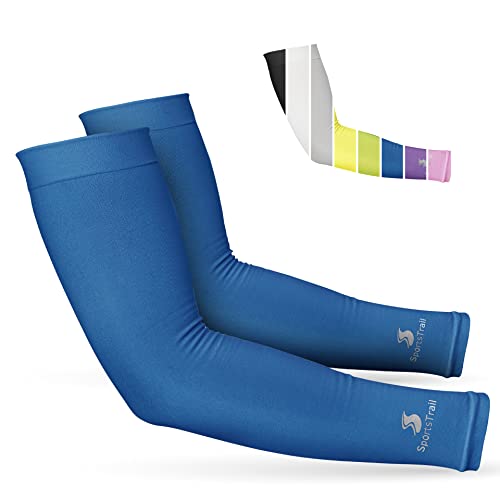


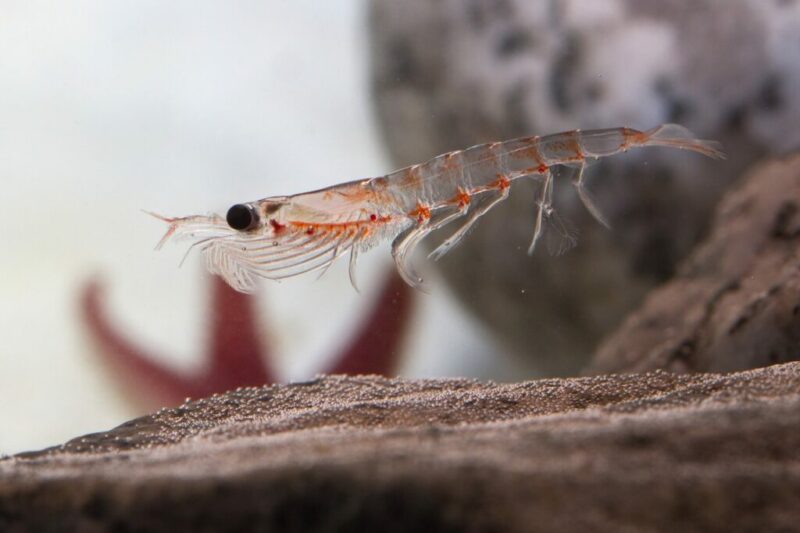



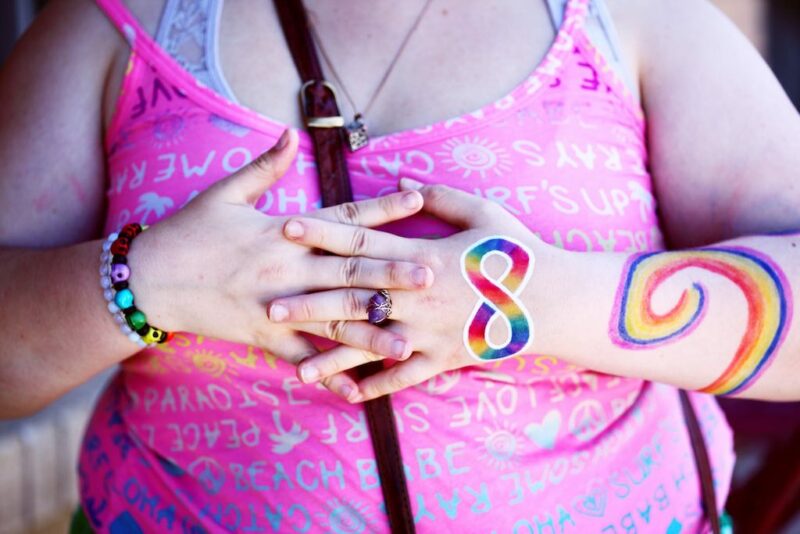


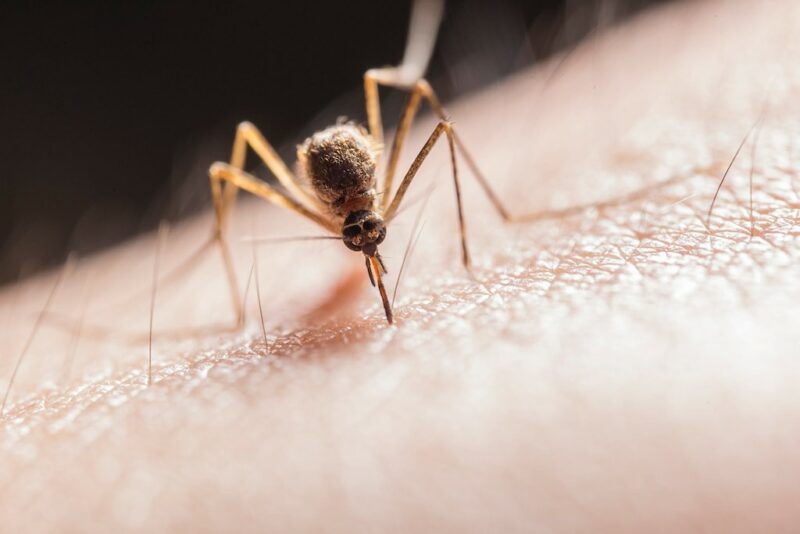

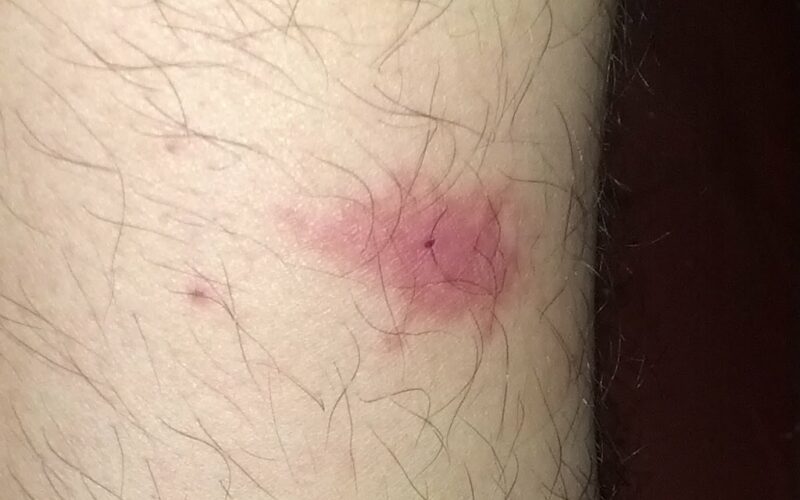
Leave a Reply